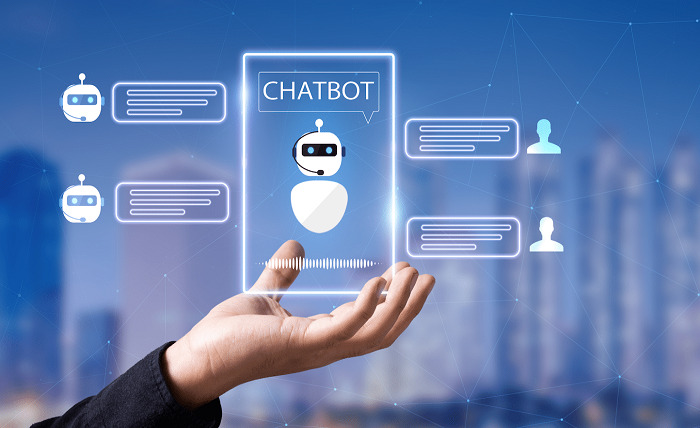The Role of Chatbots in Customer Service

Customer service is one of the most important aspects of any business. It can make or break the reputation, loyalty, and satisfaction of the customers. However, providing high-quality The role of chatbots in customer service can be challenging, costly, and time-consuming, especially in the era of digital and social media, where customers expect fast, personalized, and convenient solutions.
This is where chatbots come in. Chatbots are software applications that use artificial intelligence (AI) and natural language processing (NLP) to simulate human-like conversations with customers. They can be integrated with various platforms, such as websites, apps, messaging apps, social media, and voice assistants, to provide 24/7 customer service across multiple channels.
But what are the benefits of chatbots for customer service? How can they improve the customer experience and the business performance? And what are the challenges and limitations of chatbots? In this blog post, we will explore these questions and more.
Benefits of Chatbots for Customer Service
Chatbots can offer many advantages for customer service, both for the customers and the businesses. Some of the benefits are:
Chatbots can provide instant and automated responses to common and simple queries, such as FAQs, product information, order status, booking, and feedback. This can save time and effort for both the customers and the human agents, and reduce the waiting time and frustration for the customers.
Chatbots can use data and analytics to understand the customer’s profile, preferences, behavior, and history, and provide tailored and relevant solutions, recommendations, and offers. This can enhance the customer’s engagement, satisfaction, and loyalty, and increase the conversion and retention rates for the businesses.
Chatbots can handle multiple and simultaneous conversations with customers, without compromising the quality and consistency of the service. This can help the businesses to scale up their customer service capacity, especially during peak periods or crises, and reduce the operational and labor costs.
Chatbots can use AI and machine learning to learn from the customer’s feedback and behavior, and improve their performance and functionality over time. They can also use natural language generation (NLG) and voice synthesis to create human-like and natural responses, and use rich media, such as images, videos, emojis, and gifs, to make the conversations more interactive and enjoyable.
Challenges and Limitations of Chatbots for Customer Service
Despite the benefits, chatbots are not perfect and have some drawbacks and challenges for customer service. Some of the challenges and limitations are:
Chatbots may face technical issues, such as bugs, errors, or malfunctions, that can affect their performance and reliability. They may also face ethical issues, such as privacy, security, or bias, that can affect their trustworthiness and reputation. Therefore, chatbots need to be designed, developed, and tested with care and caution, and follow the best practices and standards of the industry and the law.
Chatbots may not be able to handle complex and emotional queries, such as complaints, disputes, or grievances, that require human empathy, understanding, and creativity. They may also not be able to handle sarcasm, humor, or irony, that require human intelligence and context. Therefore, chatbots need to be integrated with human agents, and have the ability to escalate or transfer the conversation to a human when needed.
Chatbots may not be able to meet the customer’s expectations and preferences, such as the tone, style, or language of the conversation, or the channel, platform, or device of the communication. They may also face resistance or rejection from some customers, who prefer to talk to a human rather than a machine. Therefore, chatbots need to be adaptable and flexible, and have the option to switch or opt-out of the conversation.
Conclusion
Chatbots are becoming more and more popular and prevalent in customer service, as they can offer many benefits for both the customers and the businesses. However, chatbots are not without challenges and limitations, and need to be carefully designed, developed, and implemented, and complemented with human agents, to provide the best customer service possible.
FAQ
Q: What are chatbots?
A: Chatbots are software applications that use artificial intelligence (AI) and natural language processing (NLP) to simulate human-like conversations with customers.
Q: What are the benefits of chatbots for customer service?
A: Chatbots can provide faster, easier, personalized, contextual, scalable, cost-effective, improved, and innovative customer service.
Q: What are the challenges and limitations of chatbots for customer service?
A: Chatbots may face technical, ethical, complex, emotional, and customer-related issues that can affect their performance and acceptance.




